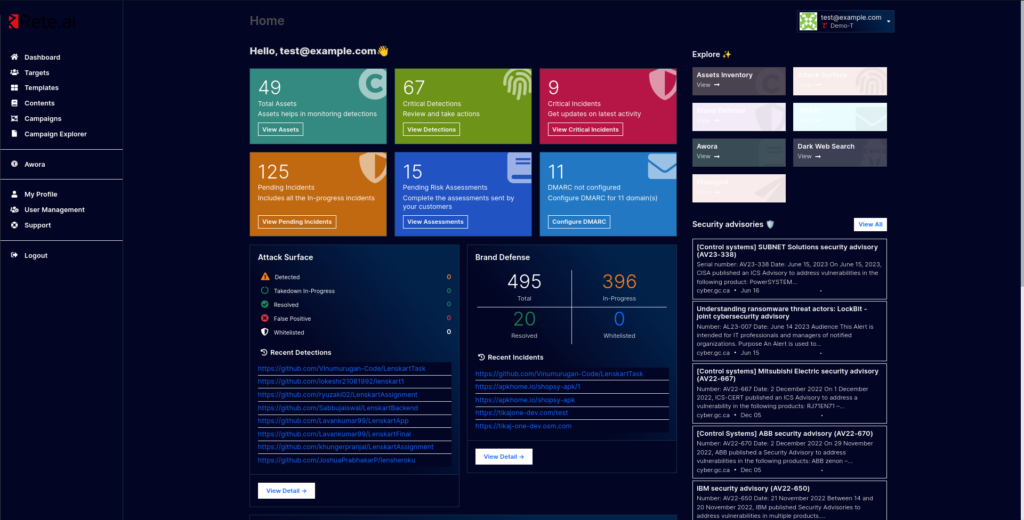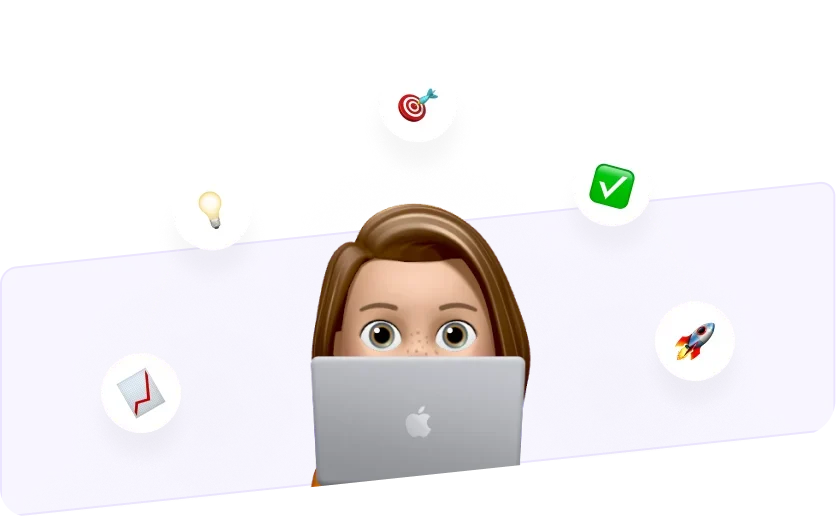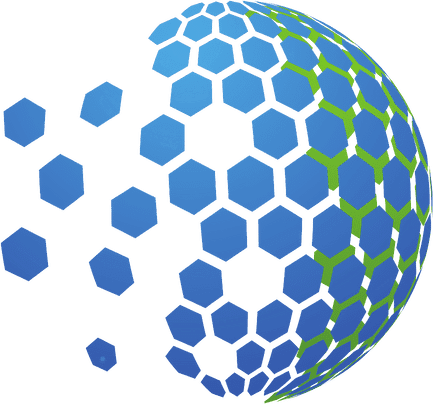External Attack Surface Management
Gain a comprehensive understanding of your digital landscape using TIKAJ’s External Attack Surface Management (EASM) features. Identify potential threats across your growing attack surface, focus on the most critical priorities, and strengthen your defenses where you’re most exposed.














